Rivian Working On Cybertruck-Rivaling Steer-By-Wire System originally appeared on Autoblog.
There are pros and cons to steer-by-wire systems
Rivian recently announced plans to open a new technology hub in London, much like the one in California, as the EV automaker seeks to gain an edge over rivals by producing vehicles that are “the most technologically advanced” on the road—those were the words of James Philbin, Rivian’s vice president of autonomy and AI.
Something that could help Rivian meet that goal is the implementation of a steer-by-wire system, which the company now seems to be exploring, based on a new job listing discovered by Rivian Forums.
What Is Steer By Wire?

Rivian R1T
RivianView the 3 images of this gallery on the original article
Although not a new technology, steer-by-wire systems have still not been implemented on a wide scale. Essentially, the system dispenses with the normal mechanical link between a vehicle’s steering and its wheels, replacing this with electronic actuators. In the new job listing, which has since been removed, Rivian is on the hunt for a Senior Staff Technical Program Manager for a Steering Actuator System.
The role is described as a “unique opportunity to drive a critical technology that will define the future of our vehicles,” which sounds like Rivian intends to introduce the tech in multiple models.
The potential advantages of a steer-by-wire system include the following:
More responsive handling and easier customization of steering feel
Fewer components can reduce development costs
Better integration with driver-assistance systems
Weight reduction and enhanced packaging
Unique steering wheel designs, such as the yoke
The tech isn’t without its downsides, though, which is part of the reason it hasn’t been widely adopted.
Steer-By-Wire Systems Aren’t Always Better
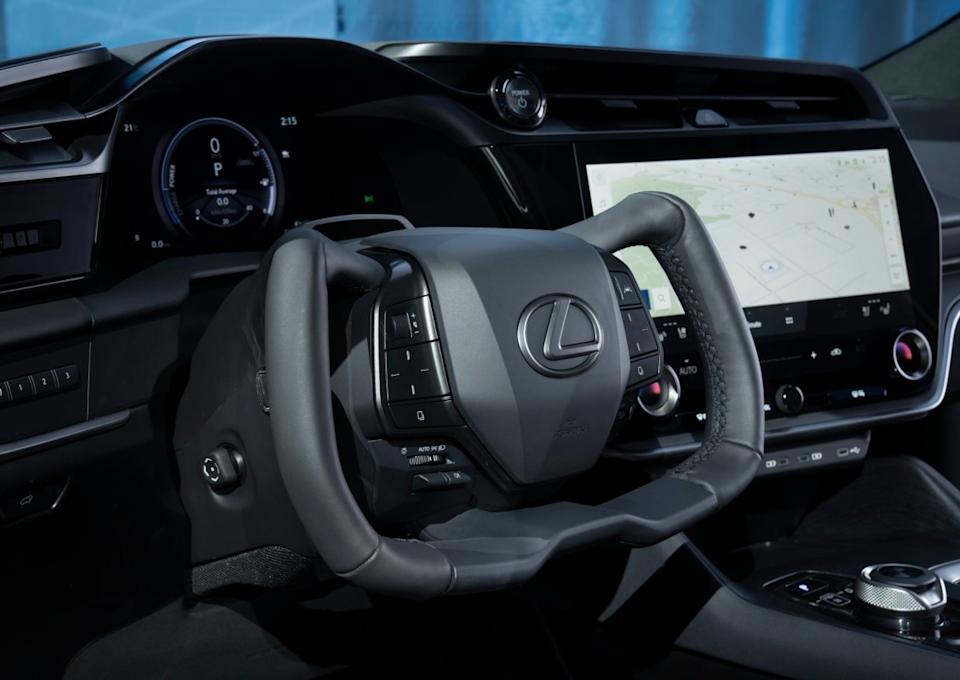
Lexus, which is still trying to perfect its RZ steer-by-wire system for the American market, touted the technology a few years ago. According to CarBuzz, there are unique regulations involved in launching the tech in the United States, which is part of the reason it’s not here yet.
Having personally experienced steer-by-wire in an earlier version of the RZ, the system does result in much more responsive steering, allowing you to keep your hands at the “10 and 2” or “9 and 3” positions for longer periods, as there is less wheel twirling required. However, the yoke doesn’t necessarily make for a more relaxing overall experience, especially in a luxury car, as the extra sharpness requires greater attentiveness, and navigating traffic circles while indicating with a yoke wheel is more annoying. Many people also have safety concerns about such a system, given the lack of a mechanical link between the steering and wheels.
Tesla also offers steer-by-wire for the Cybertruck, and it does make a large vehicle feel more responsive, as we found out when driving the electric pickup. Redundant sensors and actuators are also in place if the primary system experiences an issue.
With Lexus and Tesla already having introduced the tech, Rivian now has an opportunity to use these systems as a starting point and eliminate the few grievances customers have with them. We don’t know when a Rivian with steer-by-wire will arrive, but we assume the tech will be introduced on larger, more expensive models like the R1T and R1S first, before possibly filtering down to smaller Rivians like the R3.
Rivian Working On Cybertruck-Rivaling Steer-By-Wire System first appeared on Autoblog on Aug 11, 2025
This story was originally reported by Autoblog on Aug 11, 2025, where it first appeared.
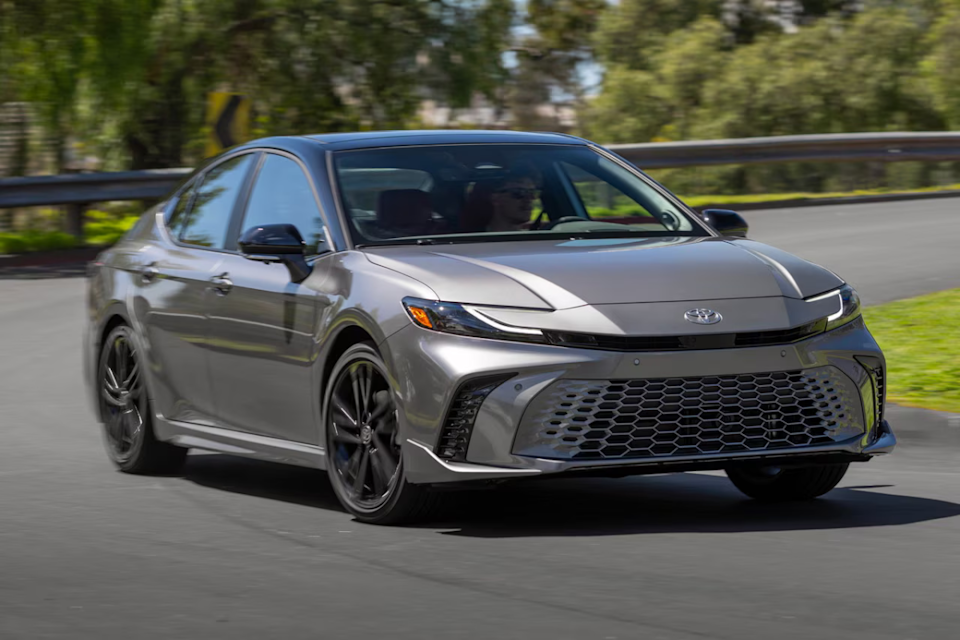
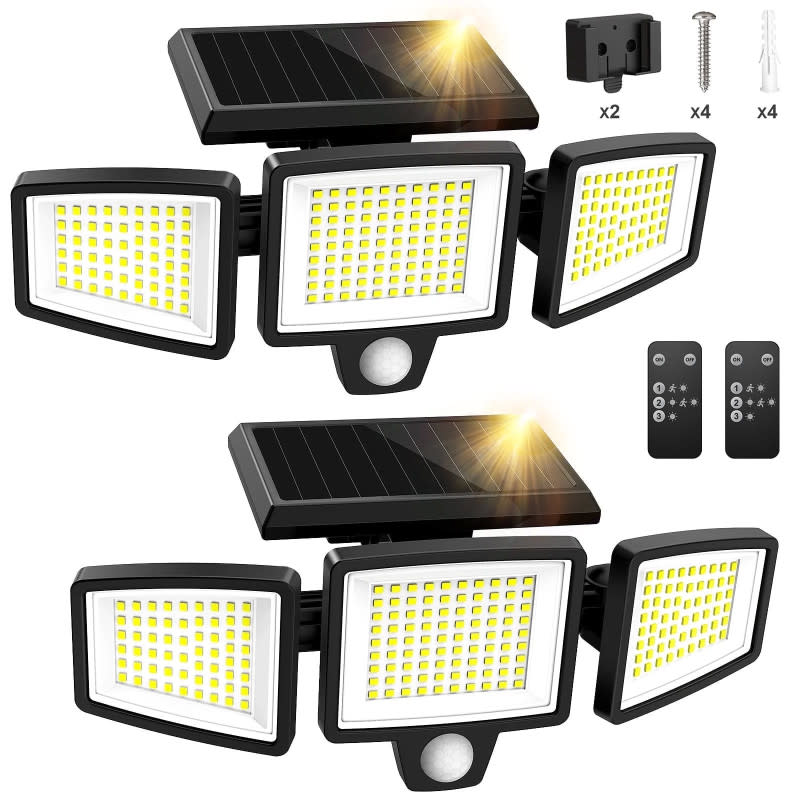
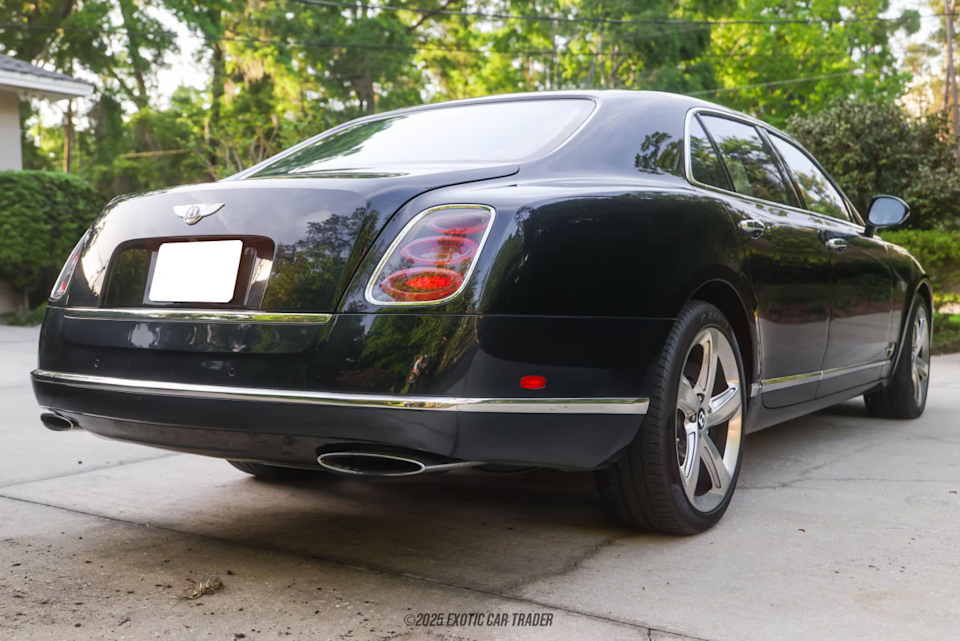


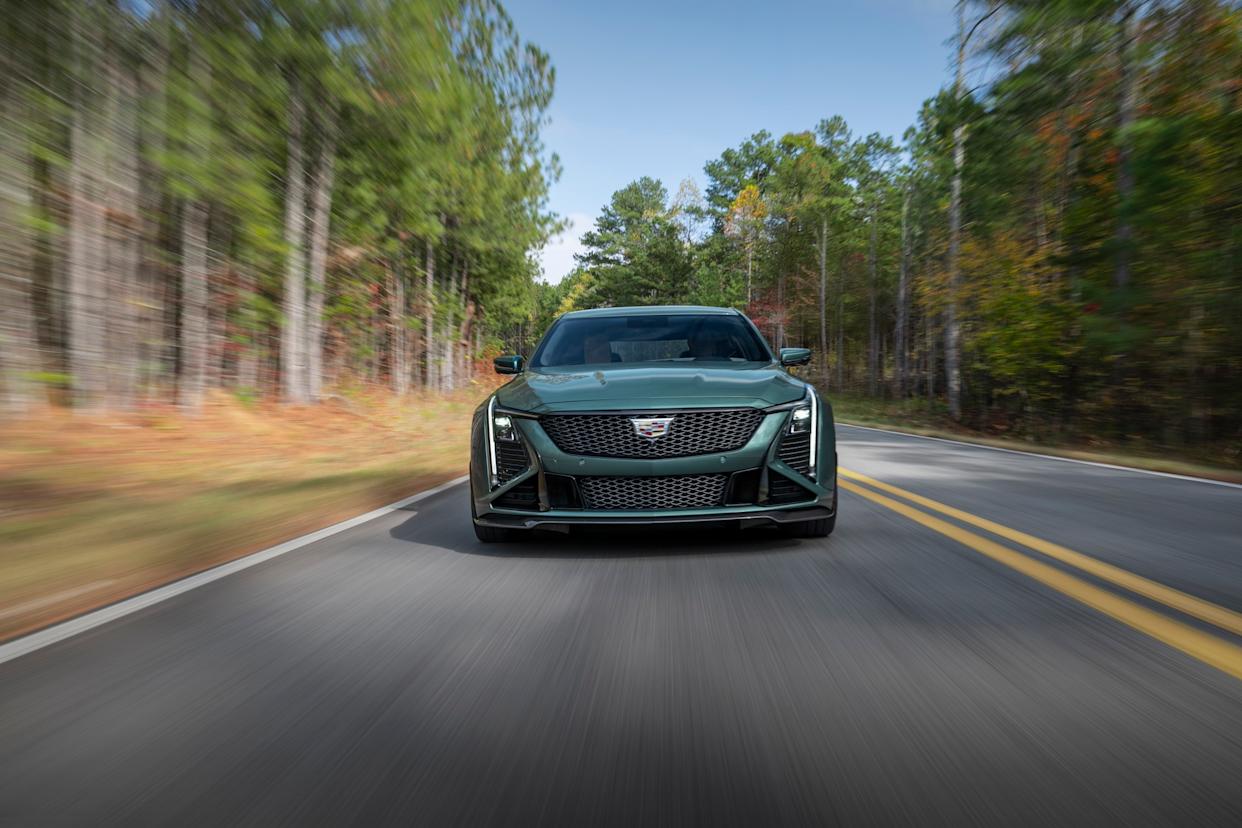

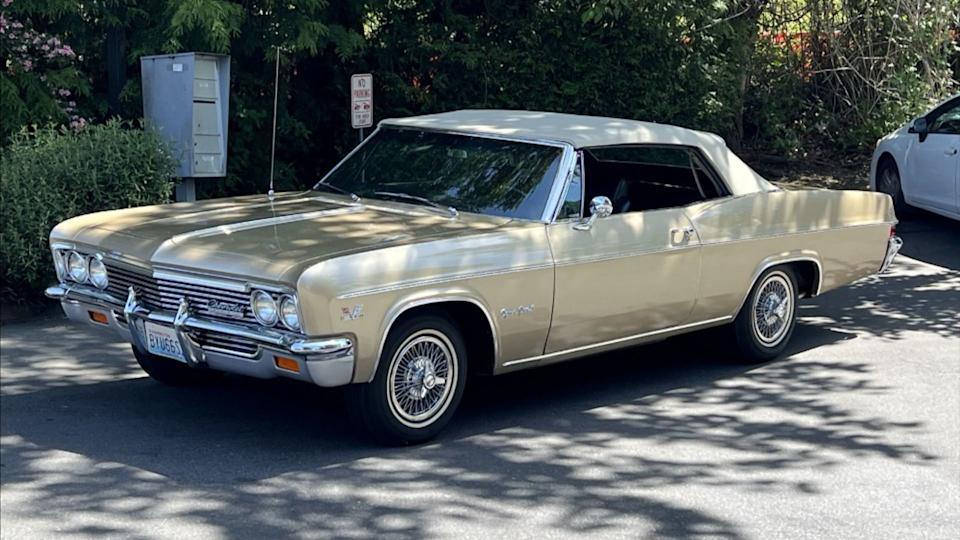
Comments